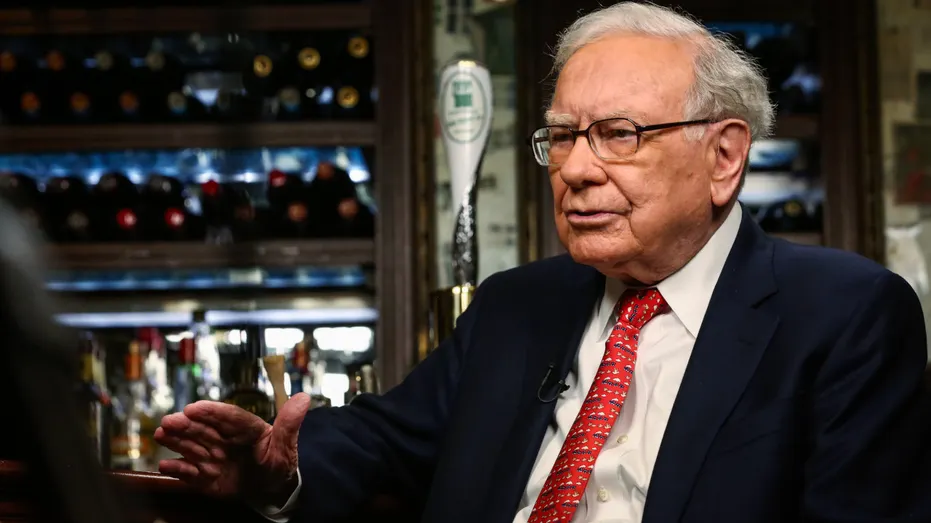Investors have hoped for a year-end rally, and that might be what Warren Buffett’s company is foretelling.
The stock market has rebounded from a tough October with big gains during the first few days of November. Investors took some of that enthusiasm into the new week on Monday morning, with stock index futures suggesting a modestly higher open when trading begins on Wall Street.
It’s rare for companies to release their latest financial results over a weekend, but Berkshire Hathaway (BRK.A -1.38%) (BRK.B -1.47%) has made a point of doing things a little bit differently throughout its history. The news from the Warren Buffett-led Berkshire might not have looked all that good on its face. But looking beneath the surface, you can see plenty of signs of strength that are favorable signs for the broader U.S. economy.
What Berkshire said
The misleading headline that you might see in response to Berkshire’s third-quarter financial results will point to the company’s massive loss for the period. Using generally accepted accounting principles (GAAP), Berkshire lost $12.77 billion during the period, working out to $8,824 per class A share or $5.88 per class B share.
However, the key to understanding Berkshire’s loss is in those accounting rules. The Buffett-led insurance giant is required to mark its investment portfolio to market each quarter, taking any change in value as a profit or loss for the period. The third quarter was a bad one for the stock market, and so Berkshire had to post losses in investments and derivative contracts of $29.78 billion.
When you look beyond the mark-to-market losses, Berkshire had a strong quarter. Revenue was up 21% year over year to $93.21 billion, led by a tripling in sales from utility and energy holdings. Operating earnings, which takes out the impact of required accounting rules, climbed more than 40% from year-ago levels to $10.76 billion. Driving that improvement was a much better loss experience from its insurance underwriting segment, which went from a year-earlier loss to $2.42 billion in operating profit. The rise in interest rates also boosted the investment income from insurance business by more than $1 billion, helping to offset some weakness in the railroad segment.
What Berkshire did
In addition, Buffett’s influence in considering relative valuation was on full display. Berkshire didn’t stop repurchasing its own stock entirely, but repurchase activity dropped to just $1.09 billion for the quarter as the stock stayed at elevated levels throughout much of the three summer months.
In addition, Berkshire continued to add to its cash hoard in the third quarter. By the end of September, Berkshire’s holdings of cash, cash equivalents, and short-term Treasury bill investments came to more than $157 billion, up from $129 billion nine months earlier. Add in fixed-maturity securities that Buffett has said are often Treasury notes with two years or less to mature, and Berkshire is sitting on almost $180 billion in readily accessible assets.
On the corporate front, just about the only major acquisition that happened during the period came from the Berkshire Hathaway Energy business. At the beginning of September, a subsidiary of the energy business invested $3.3 billion to increase its stake in liquefied natural gas specialist Cove Point LNG from 25% to 75%.
Steady progress
Berkshire Hathaway’s stock didn’t make a huge move on the news, but it did rise by nearly 1%. That’s the kind of muted response that investors have come to expect from Berkshire. Given the conglomerate’s wide exposure to a whole swath of industries across the economy, the latest results from Buffett’s company serve as a sign that the U.S. stock market remains healthy despite the macroeconomic pressures facing the nation and the world as a whole.

